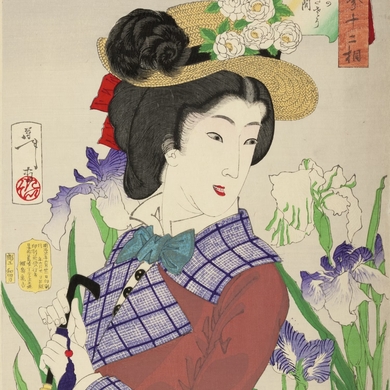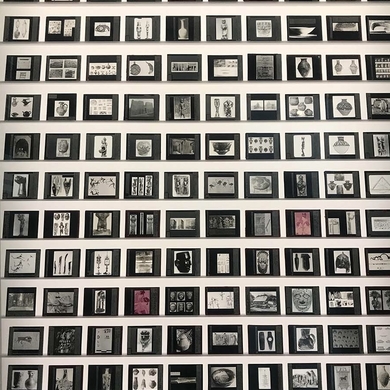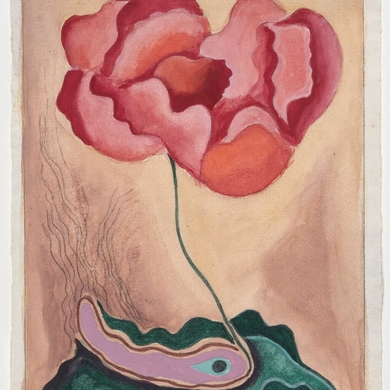In 1735, the French explorer Charles Marie de La Condamine set sail toward Peru, traveling a half crescent along the equator in order to determine the earth’s size. He brought with him a man named Joseph de Jussieu, a naturalist whom La Condamine called his “botanical eyes.” The men hoped to return to France with foreign seedlings—sarsaparilla, cacao, vanilla—which could increase the nation’s wealth through an expansion of its biodiversity. The field of botany grew out of early modern global discovery, colonial domination, and diaspora, but this part of its history is seldom told. Canadian artist Kapawani Kiwanga, based in Paris, roots out the role of empire in our world’s flora and fauna, demonstrating how the genealogy of plants reveals a history of both colonial rule and resistance. She dramatizes that struggle in this exhibition, her first in the Netherlands, through a sculptural depiction of seeds that were variously used for poison and medicine. —C.J.F.
Arts Intel Report
Kapwani Kiwanga: New Work
When
Sept 20, 2020 – Jan 17, 2021



